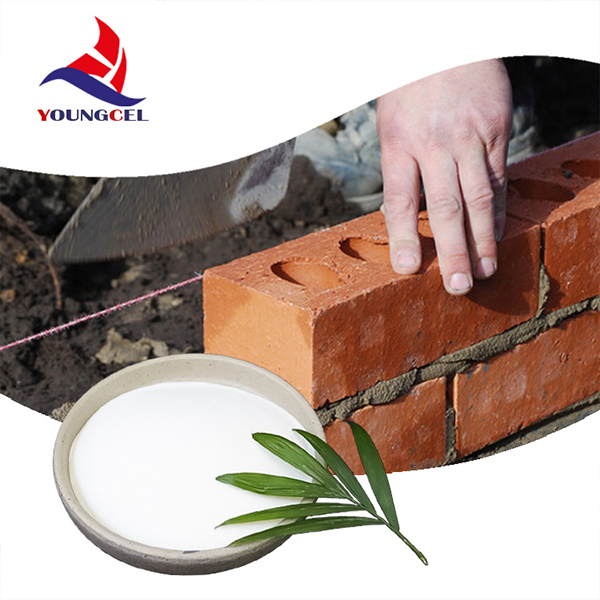Understanding Cellulose and Hydroxypropyl Methylcellulose (HPMC)
Cellulose is one of the most abundant organic polymers found in nature, primarily constituting the structural component of the cell walls in green plants, algae, and some bacteria. It is a polysaccharide that consists of long chains of glucose molecules linked together by β-1,4-glycosidic bonds. Due to its extensive presence and unique properties, cellulose plays a crucial role in various industrial applications, ranging from textiles to pharmaceuticals.
In recent years, derivatives of cellulose have gained prominence for their versatility and function in various formulations. One of the most important cellulose derivatives is Hydroxypropyl Methylcellulose (HPMC). HPMC is a semi-synthetic polymer derived from cellulose, created by the modification of cellulose through hydroxypropyl and methyl etherification. These modifications impart unique properties to HPMC, making it an excellent candidate for a variety of applications.
Properties of HPMC
HPMC is known for its water-solubility, film-forming capability, and gel-forming properties. Its chemical structure allows it to dissolve in both hot and cold water, providing a range of viscosities that can be tailored for specific applications. The degree of substitution of the hydroxypropyl and methyl groups can be adjusted during its synthesis, leading to different properties such as solubility, viscosity, and thermal stability.
One of the most notable characteristics of HPMC is its ability to form a viscous gel upon hydration. This property makes it valuable in food applications, where it can act as a thickening agent, stabilizer, or emulsifier. Furthermore, its non-toxic nature and compatibility with various other substances make it an ideal ingredient in the pharmaceutical industry, particularly in the formulation of controlled-release medication.
Applications of HPMC
cellulos hpmc

HPMC finds applications across a broad spectrum of industries. In the food industry, it is widely used as a food additive (E464) to improve the texture and stability of food products. It acts as a thickener in sauces and dressings, enhances moisture retention in baked goods, and is used as a fat replacer in low-fat or fat-free products. Its ability to enhance the mouthfeel of food products is particularly valuable in creating appealing textures for consumers.
In pharmaceuticals, HPMC serves as a binder in tablet formulations and as a controlled-release agent, allowing for the sustained release of active pharmaceutical ingredients (APIs) over time. This is particularly important in the development of medications that require a gradual release to ensure efficacy while minimizing side effects. Additionally, HPMC is utilized in the production of hydrogels for drug delivery systems and surgical products, where its biocompatibility and hydrophilicity are advantageous.
Moreover, the construction industry recognizes HPMC for its application in cement-based products. When used in formulations of tile adhesives, plasters, and other construction materials, HPMC enhances workability and improves the adhesion and retention of water, leading to better application performance.
Future Perspectives
As industries continue to innovate and focus on sustainability, the demand for natural and biodegradable materials like cellulose and its derivatives is expected to rise. HPMC, with its environmentally friendly profile, positions itself as a viable candidate for future applications in diverse fields, including cosmetics, personal care products, and biodegradable packaging solutions.
In conclusion, cellulose and Hydroxypropyl Methylcellulose are vital components in various applications due to their unique properties and versatility. Whether enhancing food textures, improving drug delivery, or contributing to construction materials, HPMC exemplifies the potential of cellulose derivatives in modern technology. With ongoing research and development, HPMC is set to play a significant role in the advancement of many industries, supporting the trend toward sustainability and efficiency.






